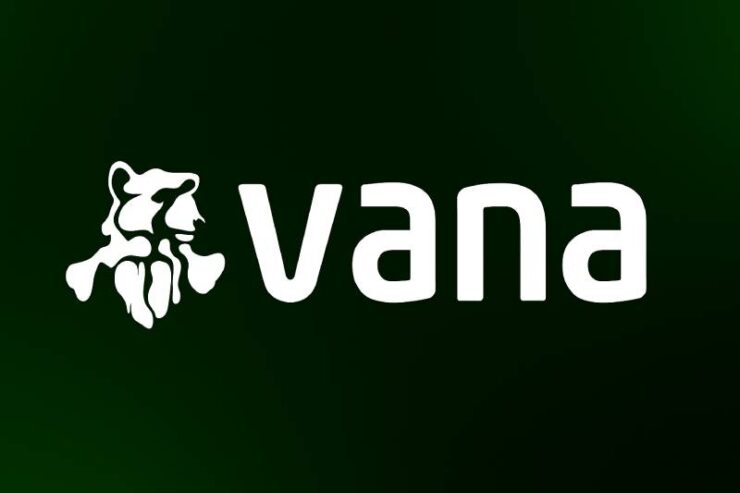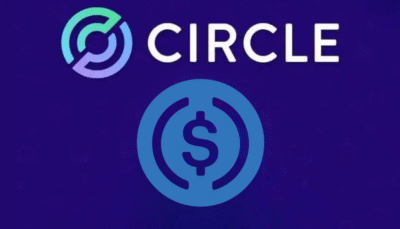On Monday, Vana unveiled a new data token framework aimed at reshaping how user-owned data functions within decentralized finance. The VRC-20 standard, announced just 12 weeks after the launch of the Vana mainnet, introduces fixed supply rules, governance mechanisms, and liquidity requirements to back tokens with real-world utility and ensure continuous trading stability.
The company said the launch follows lessons from earlier phases, where distributing token emissions alone failed to create lasting value.
“What we’ve learned: simply distributing token emissions as rewards isn’t enough to create sustainable, functional markets,” Vana wrote on X.
The new focus centers on building liquidity-driven data markets that prioritize security, transparency, and functional economic use cases.
A Shift Toward Tokenized Data Markets
Vana’s VRC-20 design mandates that all tokens be tied to actual data utility. This structure ensures that the tokens are not speculative but function as financial assets within a decentralized system. “This isn’t just an upgrade. It’s the backbone of DataFi,” the team posted.
The transition impacts DataDAOs—decentralized data marketplaces powered by user-contributed information. These DAOs will no longer receive automatic VANA emissions. Instead, liquidity support will now be contingent on compliance with the VRC-20 standard. The update also removes prior limitations like the “Top 16” reward cutoff, allowing any conforming DAO to qualify.
Data access protocols are also being standardized. New requirements include libSQL-based data schemas for consistent formatting, smart contract-based permissions for privacy, and trusted compute execution powered by Data Validators. Only DAOs meeting these standards will be eligible for liquidity rewards.
Validator Staking Replaces Idle Rewards
Alongside VRC-20, Vana introduced Data Validator Staking to replace staking within individual DAOs. This model allows VANA holders to support the network by ensuring reliable access to private, user-owned data. “Stakers earn proportionally to their contribution to network uptime and data availability,” Vana stated. Rewards now depend on actual usage and security contributions rather than passive participation.
Since its mainnet debut in December, the Vana network has onboarded over 12 million data points. The company described this volume as proof of increasing demand for user-owned data systems. VANA, the network’s native token, was priced at $5.58 at press time, extending a decline from a recent peak of $8.78, according to TradingView.
Crypto analysts see Vana’s shift as an effort to move from theory to real-world financialization of data. As Vana builds what it calls the “financial rails” for data as an asset class, the protocol is positioning itself as a key infrastructure layer for decentralized data economies.





